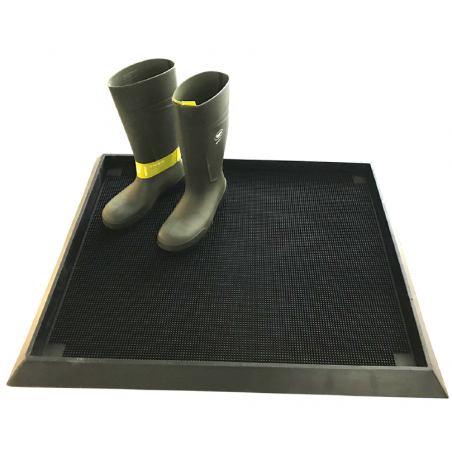African swine fever (ASF) was first detected in Vietnam in February 2019 and has spread to all 63 provinces in Vietnam. ASF in Vietnam has led to the death and culling of about 5.9 million pigs or about 22 percent of the total swine population, pushing prices to record highs. Immediate impacts due to ASF have been felt by different sectors of the economy though it is challenging to quantify the cumulative economy-wide losses to date. ASF is expected to continue to affect Vietnam’s swine sector and the economy at large. The end of the ASF outbreak cannot be predicted, although the rate of reported cases appears to be slowing.
Status update

ASF re-appeared in some provinces where the ASF epidemic had been declared to be over. According to the official statistics released by MARD in mid-October, reappearing ASF outbreaks were reported in 573 communes. Recently MARD reported that 60 percent of communes have gone 30 days with no findings of new or reappearing cases. And in 14 provinces more than 85 percent of the communes have gone 30 days with no findings of ASF cases.
Reportedly, the outbreak has been contained and shown signs of slowing down due to preventative culling of surrounding herds when ASF was first detected, increased awareness and biosecurity, and continued monitoring.
Vietnam's challenges for controlling ASF
Currently, hog prices are soaring while it is taking a long time for the government to make indemnity payments to affected pig farmers. As a result, there are no incentives for pig farmers to report to the local government suspected cases or diseased pigs. Many farmers would rather sell off their pigs for cash or slaughter for consumption than inform the local authorities, resulting in the spread of pathogens.
High hog prices will likely incentivize pig farmers to restock or even expand their herd without taking appropriate biosecurity measures. Due to a reorganization process, the total number of people working in the veterinary services at the district and the provincial level has been cut. The lack of a commercial ASF vaccine remains a big challenge. Small-scale pig-raising households still dominate in Vietnam, which is also a challenge to ensure proper implementation of biosecurity measures.
Prices
Live hog prices have increased by 35-40 percent since September 2019, with the approach of Tet it is uncertain when hog prices will stabilize. Current hog prices have hit a record high, having soared due to inadequate supply starting in September. The seasonal demand for pork increases ahead of the festive season also causes price increases.
Trade
With the domestic pork market hit hard by ASF, it has been widely reported in the local media that Vietnam has imported pork from Brazil, the United States, and Poland pouring in at prices lower than the domestic price. Despite media reports and recent calls by the GVN to increase pork imports, during the first nine months of 2019, pork imports are slightly down compared to 2018.
View the complete update here.
Friday, December 6, 2019 /USDA/
https://apps.fas.usda.gov/






